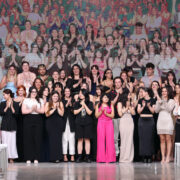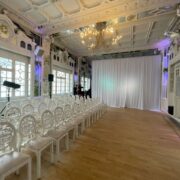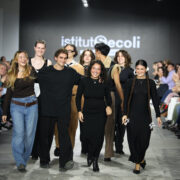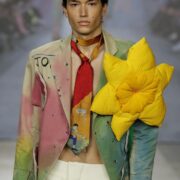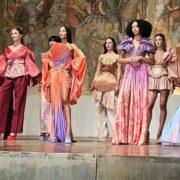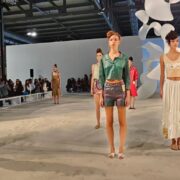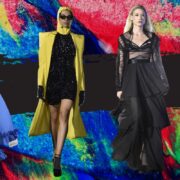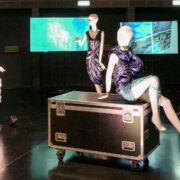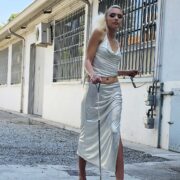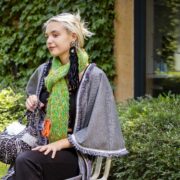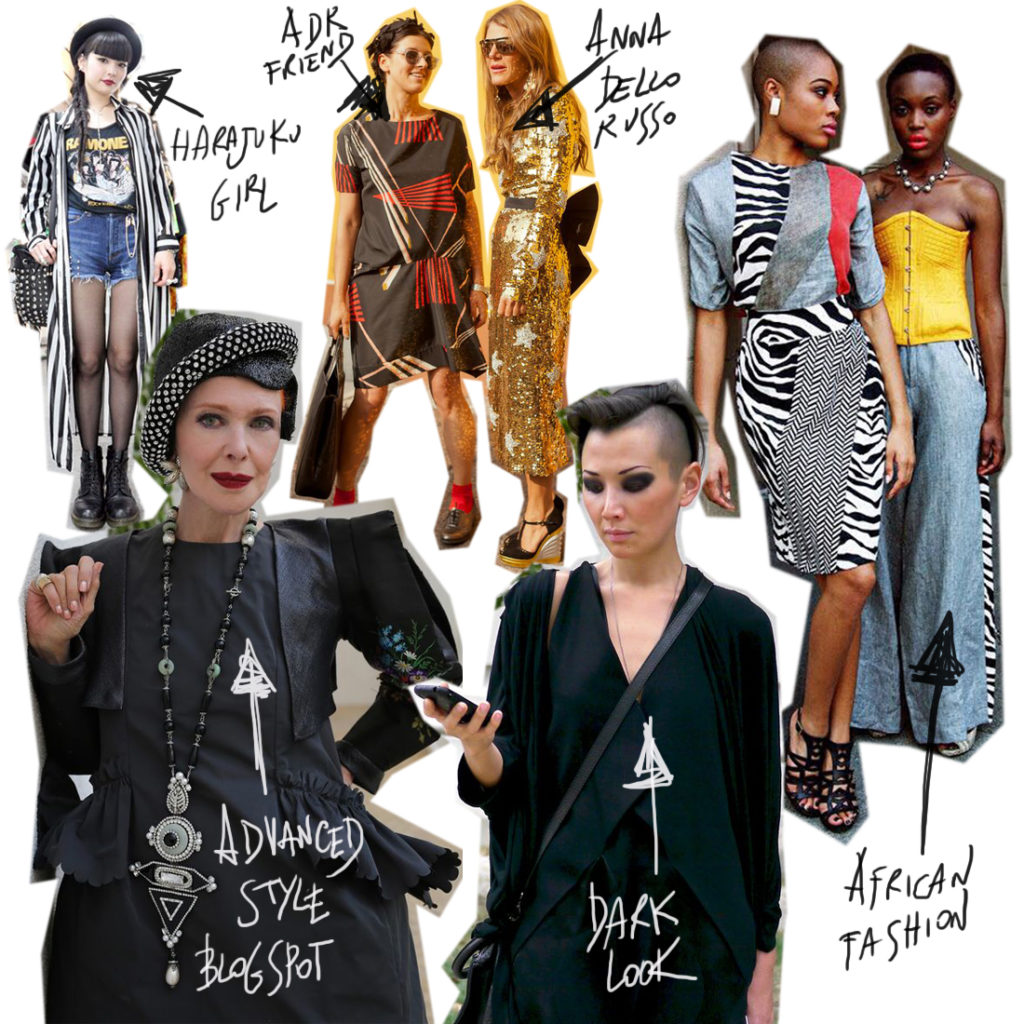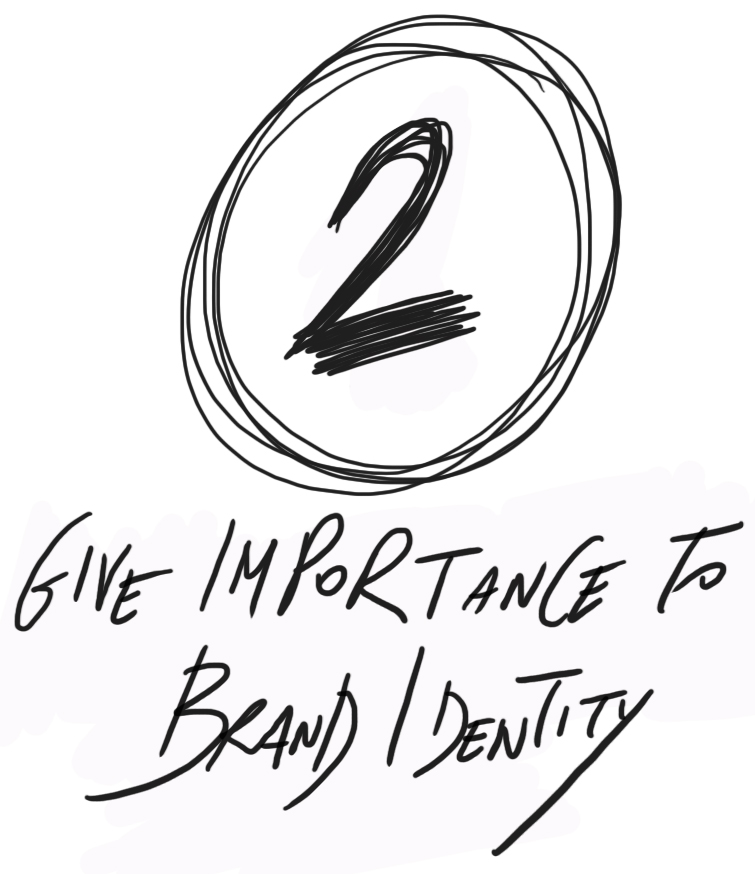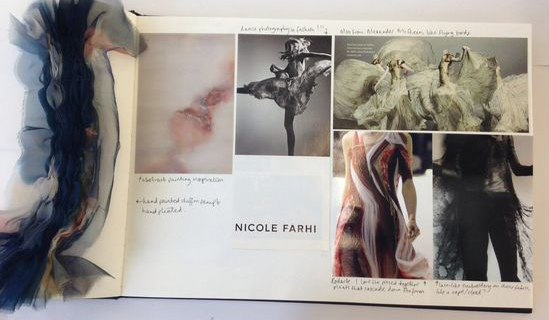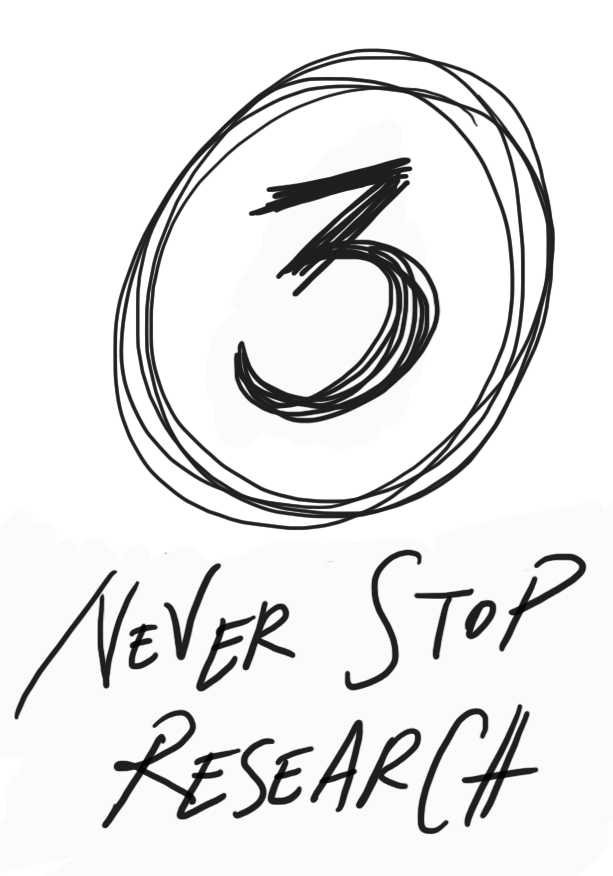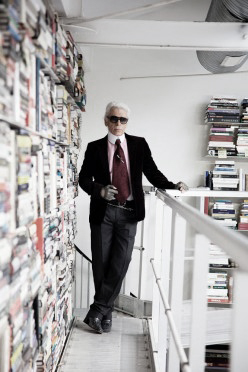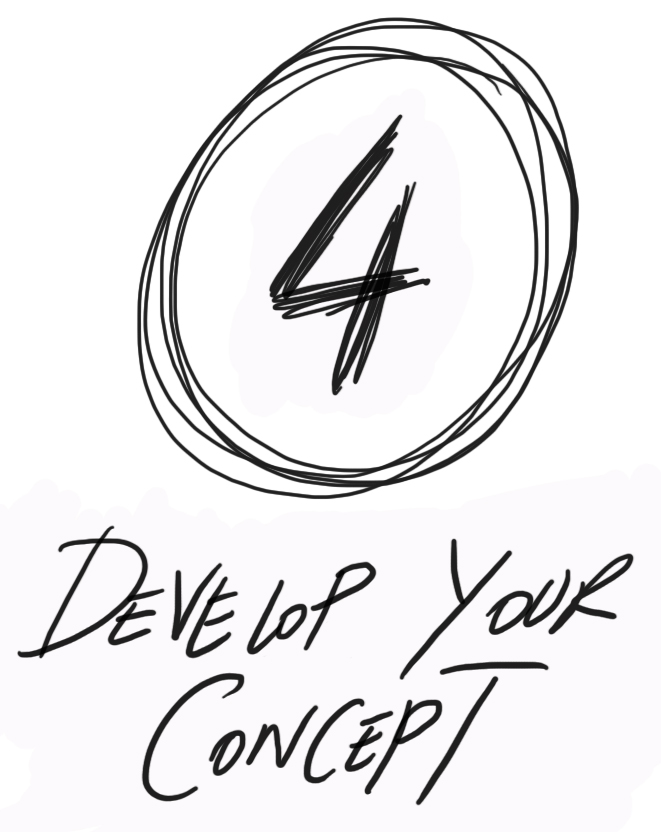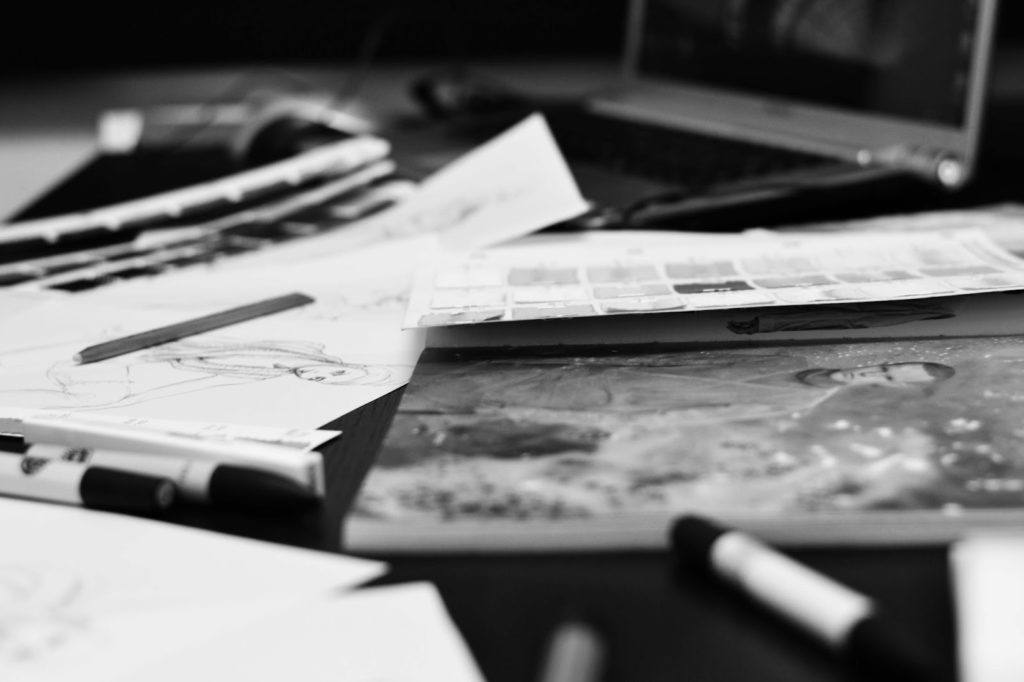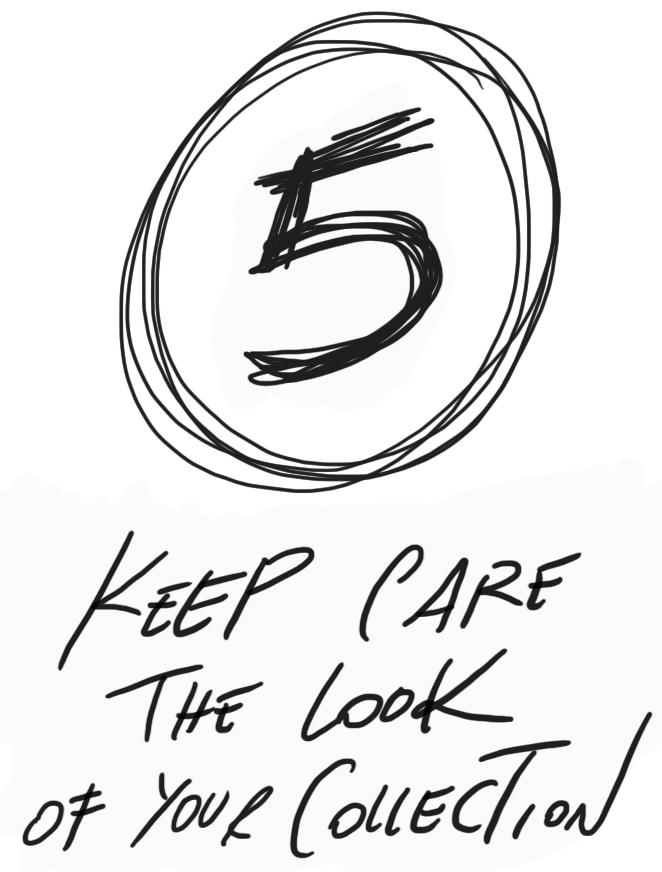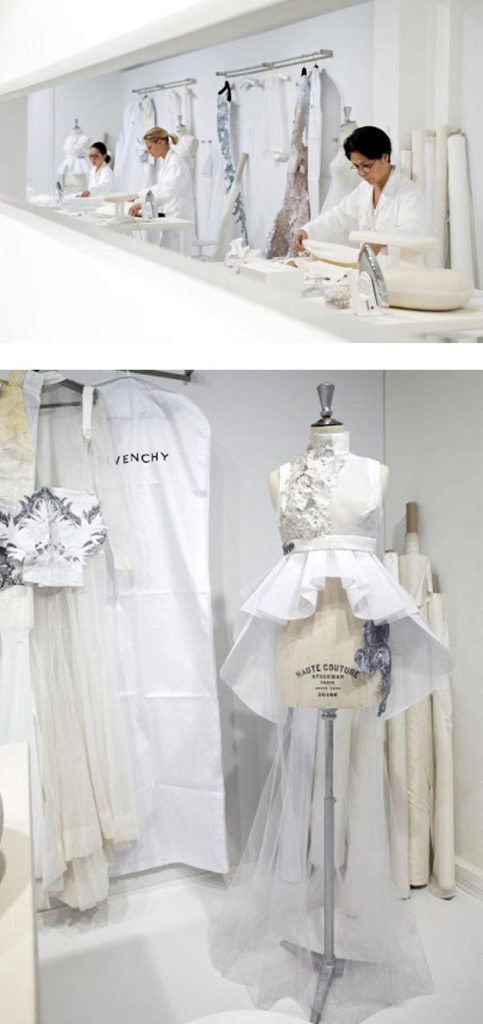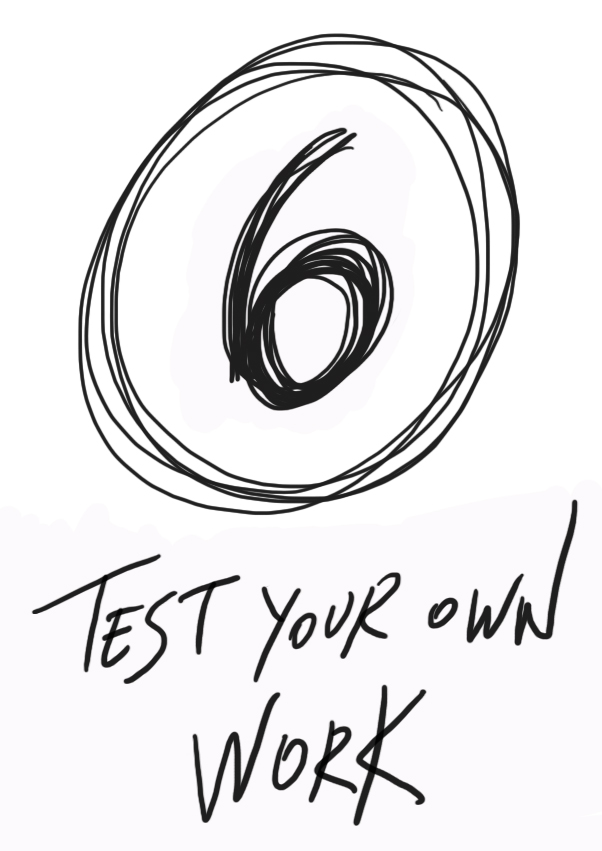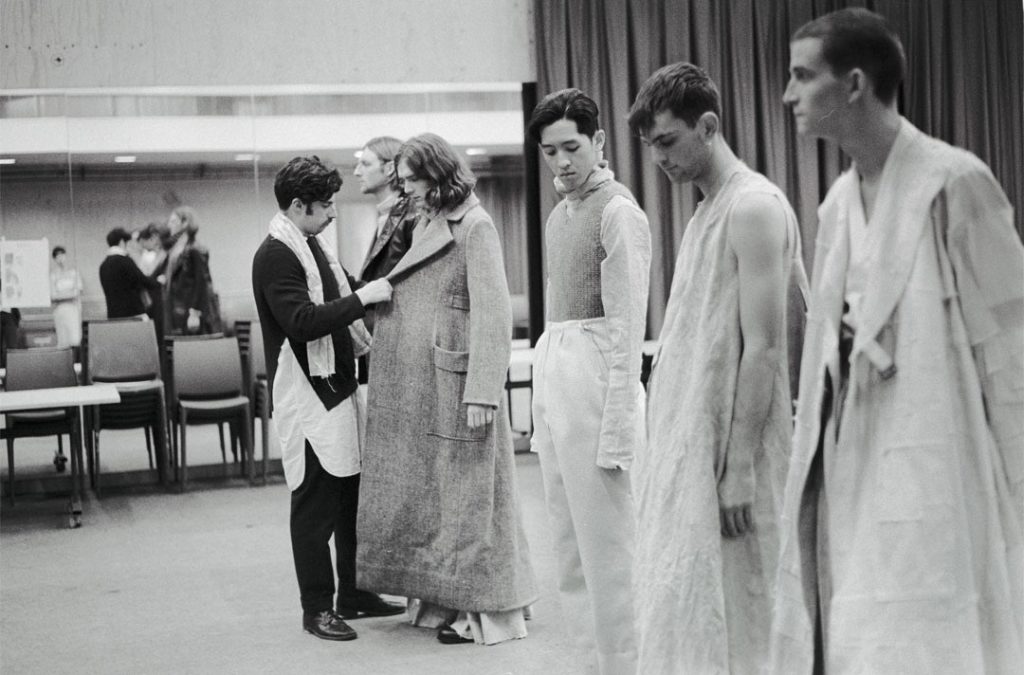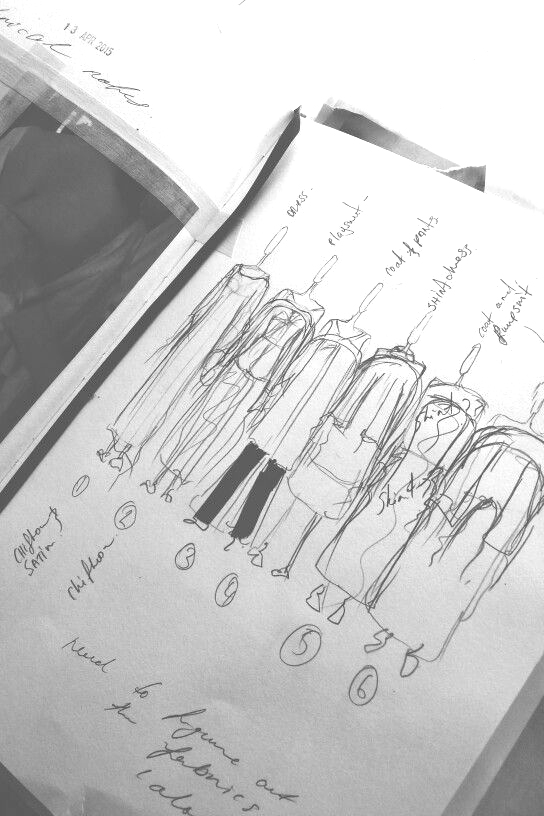 |
| Emma Cusack portfolio |
Per trasformare un’idea in un prodotto serve una metodologia
progettuale. In questo post vedremo 6 cose che bisogna assolutamente ricordare
quando si approccia in modo professionale al processo progettuale di moda.
To transform an idea into a product need a design methodology. In this post we will see 6 things you absolutely must remember when you approach in a professional manner to the fashion design process.
Progettare una collezione moda è un lavoro davvero
stimolante e creativo, attraverso cui il designer riesce a dare forma alle
ispirazioni, ad esprimere il proprio senso estetico per creare innovazione
attraverso la sperimentazione.
stimolante e creativo, attraverso cui il designer riesce a dare forma alle
ispirazioni, ad esprimere il proprio senso estetico per creare innovazione
attraverso la sperimentazione.
Ogni fashion designer sviluppa col tempo una propria interpretazione dell’iter progettuale, adattando un metodo standard alle proprie esigenze creative e di prodotto. Ci son operò alcune cose fondamentali da tenere ben a mente ogni qual volta si affronti un progetto di design. Oggi valuteremo 6 elementi chiave da non dimenticare.
Design a fashion collection is a very stimulating and creative work, through which the designer is able to give shape to the inspirations, to express his own aesthetic sense for creating innovation through experimentation.
Every fashion designer develops over time his own interpretation of the design process, adapting a standard approach to his creative and product needs. But there are some foundamental things to keep well in mind whenever you tackle a design project. Today we will evaluate 6 key elements to remember.
Il mercato di riferimento è rappresentato da un gruppo di
persone e consumatori divise per genere, età, posizionamento sociale ed
economico. Ogni segmento di mercato, ovvero il nostro obiettivo, ha aspettative
e necessità diverse che devono essere primariamente soddisfatte in fase
pre-progettuale per determinare il successo del marchio.
persone e consumatori divise per genere, età, posizionamento sociale ed
economico. Ogni segmento di mercato, ovvero il nostro obiettivo, ha aspettative
e necessità diverse che devono essere primariamente soddisfatte in fase
pre-progettuale per determinare il successo del marchio.
The target market is represented by a group of people and consumers divided by gender, age, social and economic positioning. Each market segment, which is our goal, has different expectations and requirements that must be met primarily in the pre-design phase to determine the success of the brand.
In pratica dovremo costantemente porci le seguenti domande:
“Chi sono i miei clienti (potenziali/reali)?”“In che modo questo progetto riesce a soddisfare le loro
esigenze?”
Tenendo presente che i bisogni delle persone non sono
solamente fisiche, ma anche psicologiche. Nel caso del prodotto moda la
componente emotiva del marchio è di fondamentale importanza.
solamente fisiche, ma anche psicologiche. Nel caso del prodotto moda la
componente emotiva del marchio è di fondamentale importanza.
“La mia collezione riesce a stimolare la fantasia di chi la
guarda? Il messaggio comunicativo è abbastanza forte?
In practice we must constantly ask ourselves the following questions:
“Who are my clients (potential / actual)?““How does this project is able to meet their needs?”
Keeping in mind that the needs of people are not only physical, but also psychological. In the case of the fashion product, the emotional component of the brand is of fundamental importance.
“My collection is able to stimulate the imagination of the observer? The communication message is strong enough?
Ogni brand attira una determinata tipologia di clienti in
base al proprio aspetto caratteristico e ai valori che esprime, sia di tipo
immateriale (come la rispettabilità, la tradizione o l’innovazione…) che di
tipo materiale (la qualità del materiale, la cura dei dettagli, l’immagine
estetica del prodotto, il prezzo…).
base al proprio aspetto caratteristico e ai valori che esprime, sia di tipo
immateriale (come la rispettabilità, la tradizione o l’innovazione…) che di
tipo materiale (la qualità del materiale, la cura dei dettagli, l’immagine
estetica del prodotto, il prezzo…).
Queste peculiarità devono rimanere il più possibile costanti
nel tempo, per contribuire ad una forte identificazione del marchio e
conseguentemente alla fidelizzazione della clientela.
nel tempo, per contribuire ad una forte identificazione del marchio e
conseguentemente alla fidelizzazione della clientela.
Each brand attracts a certain type of customers according to the own characteristic appearance and the values it expresses, is immaterial (like respectability, tradition or innovation …) that for material (the fabric quality, attention to details, the aesthetic image of the product, the price …).
These characteristics must be as constant as possible over time, to contribute to a strong identification of the brand and consequently to increase customer loyalty.
Ai fini del processo di design, l’identità del marchio deve
essere alla base del ragionamento progettuale. Qualsiasi sia il progetto cui
stiamo lavorando, le caratteristiche del nostro marchio devono essere sempre
rispettate e i suoi valori fungere da guida per costruire l’immaginario
creativo.
essere alla base del ragionamento progettuale. Qualsiasi sia il progetto cui
stiamo lavorando, le caratteristiche del nostro marchio devono essere sempre
rispettate e i suoi valori fungere da guida per costruire l’immaginario
creativo.
Il rischio, lasciandosi andare alla libertà creativa della
singola collezione moda, è quello di perdere di vista l’identità del nostro
marchio, di creare un qualcosa di totalmente scollegato dalla nostra
tradizionale visione, di perdere di riconoscibilità ed infine di credibilità.
singola collezione moda, è quello di perdere di vista l’identità del nostro
marchio, di creare un qualcosa di totalmente scollegato dalla nostra
tradizionale visione, di perdere di riconoscibilità ed infine di credibilità.
Dovremo rispondere a questa domanda:
“Questo progetto corrisponde ai valori del brand?”
For the purposes of the design process, the identity of the mark must be the basis of the design argument. Whatever the project we’re working on, the characteristics of our brand should always be respected and its values serve as a guide to build the creative imagination.
The risk, indulging the creative freedom of a single fashion collection, is to lose sight of the identity of our brand, to create something totally disconnected from our traditional view, losing the recognizability and finally credibility.
We will have to answer this question:
“This project corresponds to the values of the brand?“
La ricerca in senso ampio è di fondamentale importanza per
la vita del brand e del singolo progetto. Non solo la ricerca di ispirazione,
di tendenza, ma anche di materiali e tecnologie innovative, di nuovi partner
commerciali o di mercati inesplorati. Bisogna saper guardare avanti per poter
analizzare le proprie risorse, sfruttare le possibilità e pianificare le future
mosse.
la vita del brand e del singolo progetto. Non solo la ricerca di ispirazione,
di tendenza, ma anche di materiali e tecnologie innovative, di nuovi partner
commerciali o di mercati inesplorati. Bisogna saper guardare avanti per poter
analizzare le proprie risorse, sfruttare le possibilità e pianificare le future
mosse.
The research in a broad sense is of fundamental importance for the life of the brand and of the single project. Not just looking for inspiration or trends, but also innovative materials and technologies, new business partners or unexplored markets. You must be able to look ahead in order to analyze your own resources, exploit the possibilities and plan future moves.
La ricerca può essere effettuata in qualsiasi momento,
scandagliando tutte le fonti possibili. I risultati non necessariamente devono
essere legati al singolo progetto su cui si sta lavorando, ma possono essere
archiviati in attesa del momento giusto per essere utilizzati, nell’ottica più
ampia di costruire una base ispirativa per l’intero brand.
scandagliando tutte le fonti possibili. I risultati non necessariamente devono
essere legati al singolo progetto su cui si sta lavorando, ma possono essere
archiviati in attesa del momento giusto per essere utilizzati, nell’ottica più
ampia di costruire una base ispirativa per l’intero brand.
“Dove posso trovare nuove idee, nuove ispirazioni, nuovi
materiali…Come posso fare innovazione?”
The research can be done at any time, scanning all possible sources. The results do not necessarily have to be related to each project on which you are working, but can be archived waiting for the right time to be used, in order to build a larger base of inspiration for the entire brand.
“Where can I find new ideas, new inspiration, new materials … How can I do innovation?“
Il concept è la parte più importante dell’intero processo
creativo, poiché senza di esso non esiste alcun progetto. Esso è il punto di
partenza da cui l’idea viene dapprima definita, poi contestualizzata ed infine
rifinita.
creativo, poiché senza di esso non esiste alcun progetto. Esso è il punto di
partenza da cui l’idea viene dapprima definita, poi contestualizzata ed infine
rifinita.
The concept is the most important part of the whole creative process, because without it no project exists. It is the starting point from which the idea is first defined, then contextualized and finally finished.
In questa fase ogni dubbio o discordanza deve essere
eliminato, per non ripercuotersi sull’intero processo produttivo. Il
significato del concept deve essere ben chiaro allo stilista e al suo team, non
ci devono essere incertezze sul suo contenuto e sul modo di svilupparlo, il suo
messaggio comunicativo deve essere forte ed evocativo, per trainare la
collezione verso il successo.
eliminato, per non ripercuotersi sull’intero processo produttivo. Il
significato del concept deve essere ben chiaro allo stilista e al suo team, non
ci devono essere incertezze sul suo contenuto e sul modo di svilupparlo, il suo
messaggio comunicativo deve essere forte ed evocativo, per trainare la
collezione verso il successo.
La domanda è:
“Cosa voglio comunicare?”
At this stage any doubt or discrepancies must be eliminatedso as not have an impact on the entire production process. The meaning of the concept must be clear to the designer and his team, there must be no uncertainty about its contents and how to develop it, its communicative message should be strong and evocative, to tow the collection to success.
The question is:
“What I want to communicate?“
Dopo il momento più puramente creativo della realizzazione
del mood board, della palette colori e dei figurini, si passa ad una fase
importantissima ed altrettanto delicata: quella della prototipazione della
collezione, ovvero al momento in cui le forme dapprima solo “virtuali” (cioè le
idee dello stilista) diventano reali e tridimensionali.
del mood board, della palette colori e dei figurini, si passa ad una fase
importantissima ed altrettanto delicata: quella della prototipazione della
collezione, ovvero al momento in cui le forme dapprima solo “virtuali” (cioè le
idee dello stilista) diventano reali e tridimensionali.
Questa è una fase poco conosciuta al pubblico, abituato a
vedere il figurino illustrato e l’abito finito, ma la cui attenta
pianificazione ed esecuzione porta alla riuscita della collezione.
vedere il figurino illustrato e l’abito finito, ma la cui attenta
pianificazione ed esecuzione porta alla riuscita della collezione.
After more purely creative moment of the creation of the mood board, of color palette and sketches, we move to a equally important and delicate phase: that’s the prototype of the collection, or the moment in which the forms first only “virtual“ (that is the designer’s ideas) become real and three-dimensional.
This is a stage not well known to the public, accustomed to seeing the illustrated drawings or the finished dress, but whose careful planning and execution leads to the success of the collection.
Gli abiti devono essere privi di difetti, eventualmente modificati
e rifiniti fintanto che la collezione stessa non risulti perfettamente
funzionale, coerente con le esigenze estetiche dello stilista, incisiva dal
punto di vista comunicativo.
e rifiniti fintanto che la collezione stessa non risulti perfettamente
funzionale, coerente con le esigenze estetiche dello stilista, incisiva dal
punto di vista comunicativo.
“Come posso migliorare questo abito?”
The clothes must be free from defects, if necessary amended, and refined until the collection itself is not is perfectly functional, consistent with the aesthetic requirements of the designer, effective from the communication point of view.
“How can I improve this dress?“
Il lavoro di un fashion designer non si esaurisce nel
momento in cui egli consegna i propri disegni al reparto prototipi o alla
produzione, quando si spengono le luci della passerella. Il successo di una
collezione può essere vanificato in fase di campionario o produttiva se il
designer non effettua dei controlli di qualità, se non testa il prodotto nelle
sue performance e anche se non esamina con occhio critico il proprio lavoro di
design.
momento in cui egli consegna i propri disegni al reparto prototipi o alla
produzione, quando si spengono le luci della passerella. Il successo di una
collezione può essere vanificato in fase di campionario o produttiva se il
designer non effettua dei controlli di qualità, se non testa il prodotto nelle
sue performance e anche se non esamina con occhio critico il proprio lavoro di
design.
The job of a fashion designer is not exhausted when he give his drawings to prototypes or production department, when the runway lights go down. The success of a collection can be frustrated in the process of sample collection or production if the designer does not perform quality control, if not tests the product in its performances and even if not examine critically his own design work.
Solo un prodotto che supera tutti questi test sarà in grado
di superare l’esame più importante, quello fatto dal pubblico e dal consumatore
finale.
di superare l’esame più importante, quello fatto dal pubblico e dal consumatore
finale.
Proviamo allora a rispondere a questa domanda:
“Il mio lavoro è davvero finito?”
Only a product which overcomes all of these tests will be able to pass the most important examination, the one done by the public and by the final consumer.
So let answer this question:
“My job is really finished?“
In pratica il processo di design comprende un armonioso mix
di arte, creatività, gusto estetico, management strategico, ricerca ed analisi
ed una perfetta esecuzione. Grazie alla metodologia progettuale, di cui
parleremo spesso, la collezione sarà pronta all’impatto con il mercato e potrà
avere successo.
di arte, creatività, gusto estetico, management strategico, ricerca ed analisi
ed una perfetta esecuzione. Grazie alla metodologia progettuale, di cui
parleremo spesso, la collezione sarà pronta all’impatto con il mercato e potrà
avere successo.
In practice, the design process includes a harmonious blend of art, creativity, aesthetic taste, strategic management, research and analysis and a perfect execution. Thanks to the design methodology, of which we will speak often, the collection will be ready for the impact with the market and can be successful.
